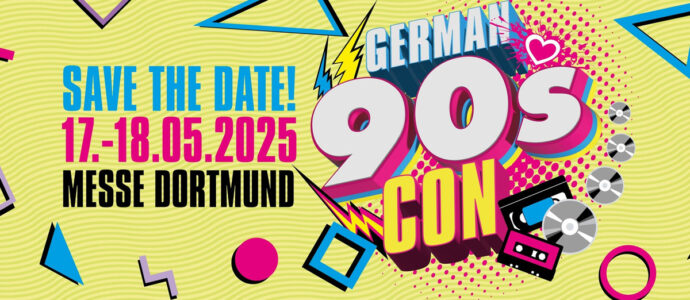Hey fellow educators! Let’s dive into the power of storytelling in education! We all know that cinema is the ingredient that makes learning truly memorable. What if we told you there’s a way to take that magic to the next level? Welcome to the world of storytelling – a game changer that is set to revolutionize how we teach. Get ready for an exploration! Learn how film techniques can be integrated into settings! This will turn classrooms into captivating adventures!
The Influence of Visual Learning
Have you ever noticed how a picture can convey meaning? Well visuals are like superheroes in the learning process! From charts to diagrams, they are sidekicks that help students grasp concepts. Next, we will take this a step further and explore examples already existing. You can take notes, and apply these ideas in your classroom. Today, research strongly emphasizes that the power of visuals is marking a shift. It’s changing from lectures to multimedia wonders, which keeps students engaged and eager. The truth is, incorporating cinematic storytelling into the classroom has become a game-changer.
Teachers can make use of education resources. They incorporate auditory elements, adding a cinematic storytelling touch to the educational method. These videos cover an array of subjects. These can be math concepts or historical events, and have the ability to captivate students interest away. Plus, educators can seamlessly integrate essay writing help into their lessons through an online service. This provides valuable assistance and guidance. These integrated film techniques or filmmaking techniques not only improve understanding. They also motivate students to delve into subjects with excitement and imagination!
Understanding Cinematic Storytelling

Cinematic storytelling is a storytelling technique that uses the auditory aspects of filmmaking to tell an immersive story. It incorporates elements like cinematography editing, sound design, and visual effects. All of these create a captivating narrative experience. Cinematic storytelling isn’t just restricted to movies. It has also made its way into informative mediums as a tool. It’s used for communication and involvement.
Real Life Examples; Successful Incorporation of Film Techniques in Education
Let’s delve into the true stars of the show. And these are educational programs that embraced the power of film techniques. These success stories are not just heartwarming anecdotes. They serve as evidence that cinematic storytelling amplifies student engagement. They can also ignite a passion for learning. Analyzing these case studies feels like discovering treasures. They are valuable lessons and best practices that every educator can utilize.
Khan Academy
It was established by Salman Khan. Through videos, the academy simplified complex concepts in subjects like mathematics and science. This innovative approach to the classroom allowed students to learn at their pace. They could pause and rewind the videos as needed. The company is incorporating visuals, concise explanations, and a friendly on screen presence. This way, Khan Academy significantly boosted student engagement and comprehension.
TED Ed
They take lessons to heights by transforming them into captivating animated videos. They use animation and film techniques. Educators collaborate with animators to create informative content. This keeps learners engaged throughout the lessons.
These engaging lessons cover a range of topics. This is making complex subjects easy to understand and captivating for students. This combination (storytelling, visuals and expert narration) creates an memorable way to convey information.
Using Disney’s “Moana” in the Classroom
Educators have successfully incorporated Disney animated film “Moana” into their teaching to explore various concepts. They mostly deal with geography, environmental science and cultural studies. They use the films scenes and a (very) compelling storyline to delve into many subjects. This includes oceanography, ecosystems and cultural diversity. They do this by leveraging techniques. Some examples, such as character development, cinematography and storytelling teachers, might impress you. They create an enjoyable learning experience, which goes beyond textbooks.
Virtual Field Trips by National Geographic Education
National Geographic Education brings the wonders of the world directly into classrooms. This happens through virtual field trips. These virtual experiences use techniques to transport students to locations where they can explore diverse cultures. They can see how different ecosystems and historical sites work. High quality visuals, captivating narratives and interactive elements enhances the learning journey. That’s because they are providing students with a sense of exploration and discovery.
Environmental Education through Animation; The Story of Stuff Project
The Story of Stuff Project was established by Annie Leonard with the aim of educating students about issues using animated films. They use concise and captivating animations. This way, they are able to explain ideas such as consumerism, waste and sustainability. They do it in a way that’s easy to understand and visually appealing. This approach of combining storytelling with animation enables students to develop an affection. This, in return, motivates them to make enlightened decisions for a sustainable future.
Final words
Let’s summarize the potential of using storytelling in education. It’s not about changing the script. It’s about introducing an era of learning. The new era is captivating, immersive and enjoyable. So my fellow educators. Lets raise our popcorn buckets to a future where classrooms transform into theaters. And also one for when learning becomes the blockbuster experience. Lights out? No way! It’s all, about lights, camera, education!
—
About the author : Matthew Stoll is a seasoned expert in the realm of cinematic storytelling. He intersects education and visual narrative. Matt has a background in film production. Plus. He’s got a passion for transforming complex concepts into captivating stories. That being said, he has become a trailblazer in innovative teaching methods.









